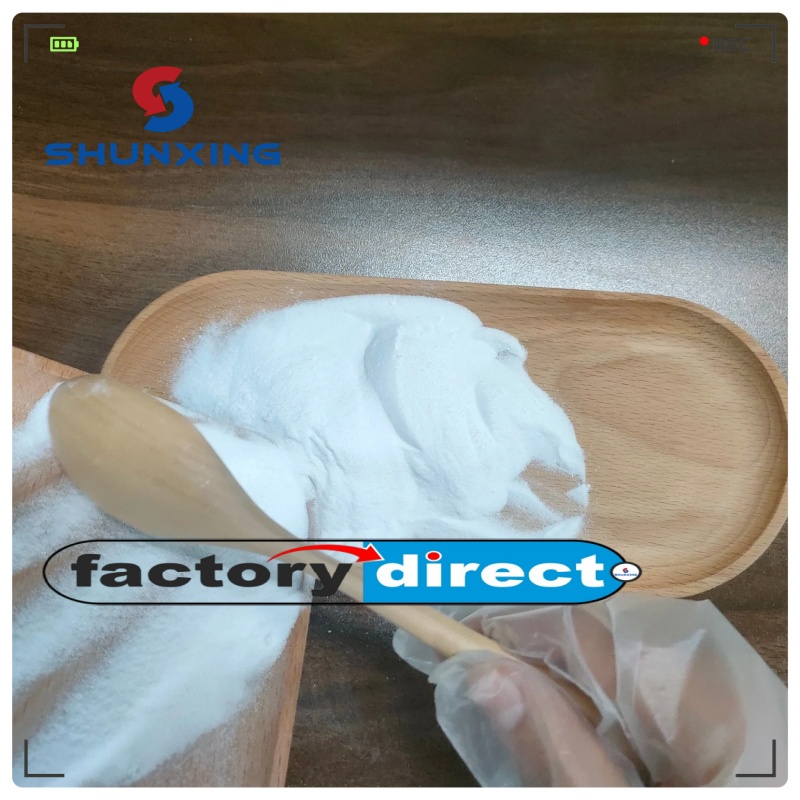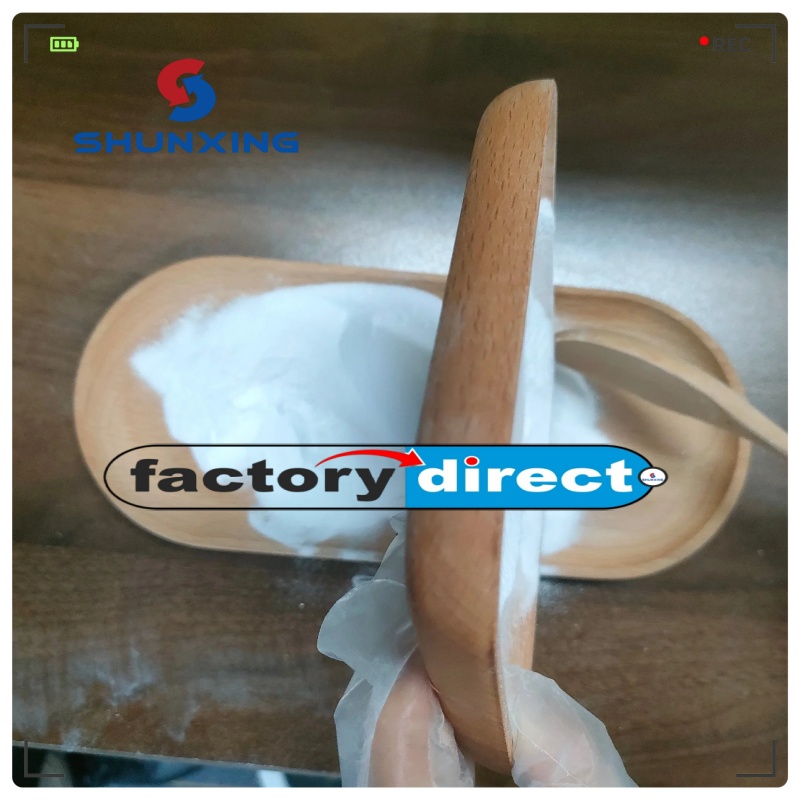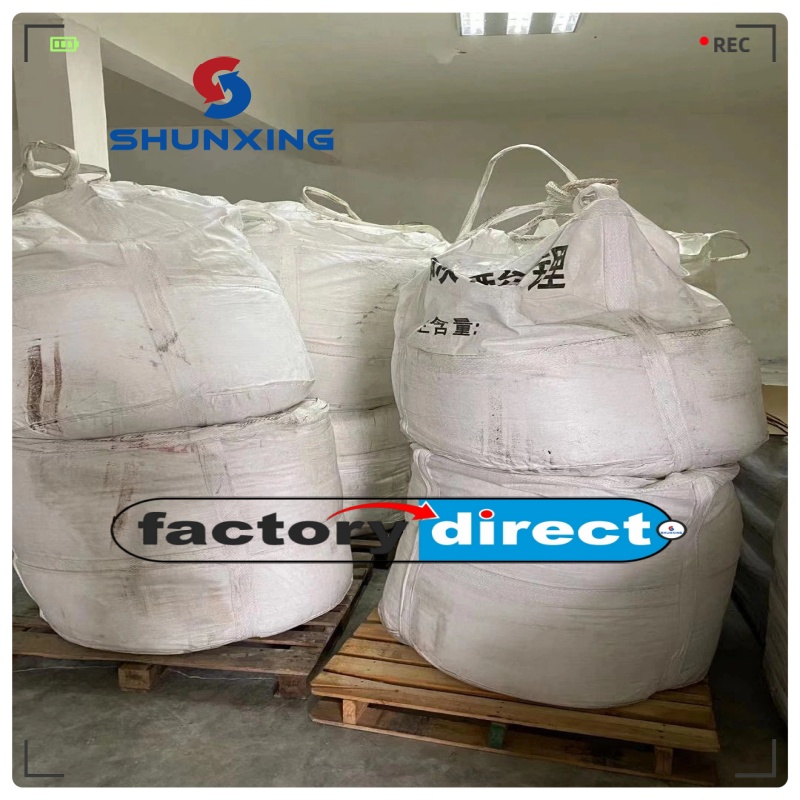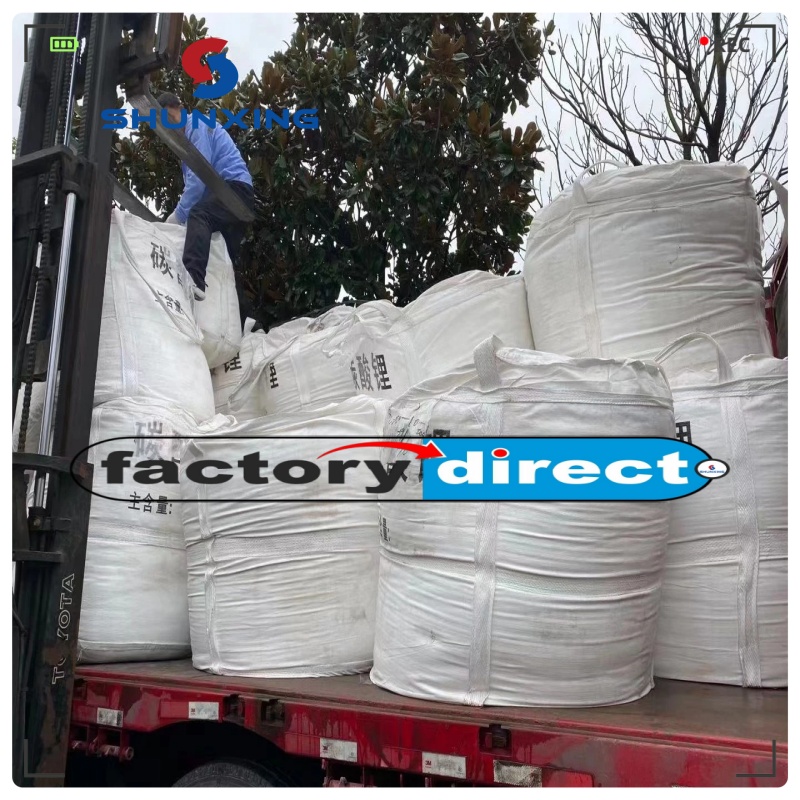Factory Best Price Licl Anhydrous Lithium Chloride for Sale CAS 7447-41-8 Salt Reagent Battery
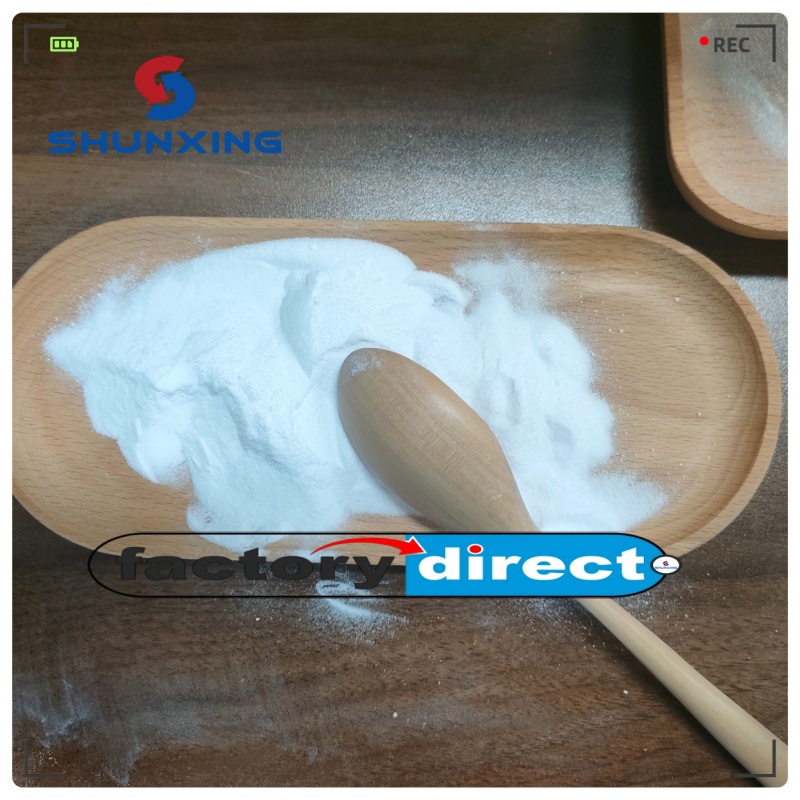
Product Description
Lithium chloride
Chemical formula: LiCl
Molecular weight: 42.39
CAS No.: 7447-41-8
Melting point: 605 ºC
Boiling point: 1350 ºC
Density: 2.07 g/cm³
Appearance: white crystal
Dangerous: none
physical properties
Lithium chloride is a white crystal, easily soluble in water, with a solubility of 67g/100ml of water under standard conditions. It is also easily soluble in organic solvents such as ethanol, etc. Therefore, if chlorohalogenated hydrocarbons are used in the preparation of hydrocarbyl lithium, free hydrocarbyl lithium reagents (lithium bromide, Lithium iodide forms adducts with lithium hydrocarbyls and acts as a stabilizer).
Applications
The raw material for the preparation of metallic lithium. Flux for metal production by electrolysis (such as titanium and aluminum production), used as aluminum welding agent, air conditioner dehumidifier and special cement raw material, also used in flame, in the battery industry for the production of lithium-manganese battery electrolyte, etc. .
Anhydrous LiCl is mainly used for electrolytic preparation of metal lithium, aluminum flux and flux and moisture absorption (dehumidification) agent in non-refrigerated air conditioners.
Metal lithium can be obtained by electrolyzing the mixed molten salt of LiCl/KCl at 600 °C. Industrial metal industrial is produced by this method. Lithium chloride is also used as a moisture scavenger in air conditioning systems, as a good flux in the electrolytic production of metals or in the preparation of powders (such as in the production of titanium and aluminum), as a precipitant for RNA, and as an additive in the Stille reaction .
Lithium chloride can be formulated with DMF in different concentrations as a solvent for dissolving polymers. Commonly used as an eluent for GPC measurements of molecular weight.
Product Description
Lithium chloride
Chemical formula: LiCl
Molecular weight: 42.39
CAS No.: 7447-41-8
Melting point: 605 ºC
Boiling point: 1350 ºC
Density: 2.07 g/cm³
Appearance: white crystal
Dangerous: none
physical properties
Lithium chloride is a white crystal, easily soluble in water, with a solubility of 67g/100ml of water under standard conditions. It is also easily soluble in organic solvents such as ethanol, etc. Therefore, if chlorohalogenated hydrocarbons are used in the preparation of hydrocarbyl lithium, free hydrocarbyl lithium reagents (lithium bromide, Lithium iodide forms adducts with lithium hydrocarbyls and acts as a stabilizer).
Applications
The raw material for the preparation of metallic lithium. Flux for metal production by electrolysis (such as titanium and aluminum production), used as aluminum welding agent, air conditioner dehumidifier and special cement raw material, also used in flame, in the battery industry for the production of lithium-manganese battery electrolyte, etc. .
Anhydrous LiCl is mainly used for electrolytic preparation of metal lithium, aluminum flux and flux and moisture absorption (dehumidification) agent in non-refrigerated air conditioners.
Metal lithium can be obtained by electrolyzing the mixed molten salt of LiCl/KCl at 600 °C. Industrial metal industrial is produced by this method. Lithium chloride is also used as a moisture scavenger in air conditioning systems, as a good flux in the electrolytic production of metals or in the preparation of powders (such as in the production of titanium and aluminum), as a precipitant for RNA, and as an additive in the Stille reaction .
Lithium chloride can be formulated with DMF in different concentrations as a solvent for dissolving polymers. Commonly used as an eluent for GPC measurements of molecular weight.

